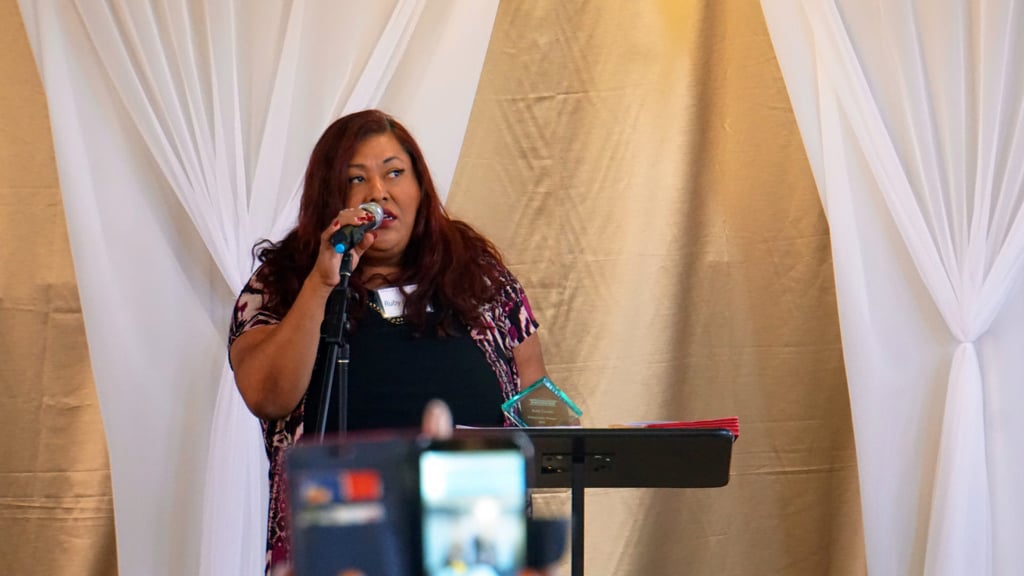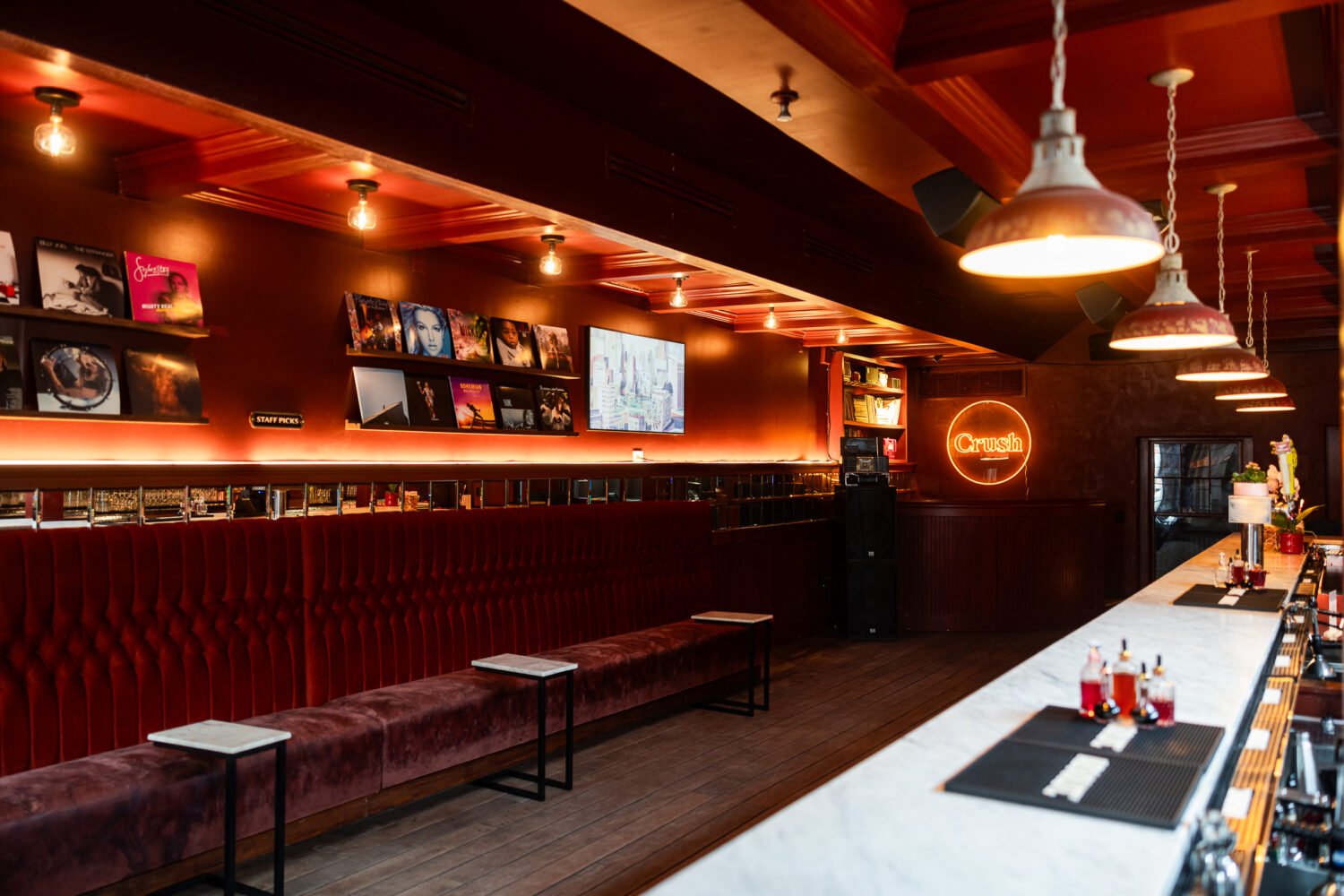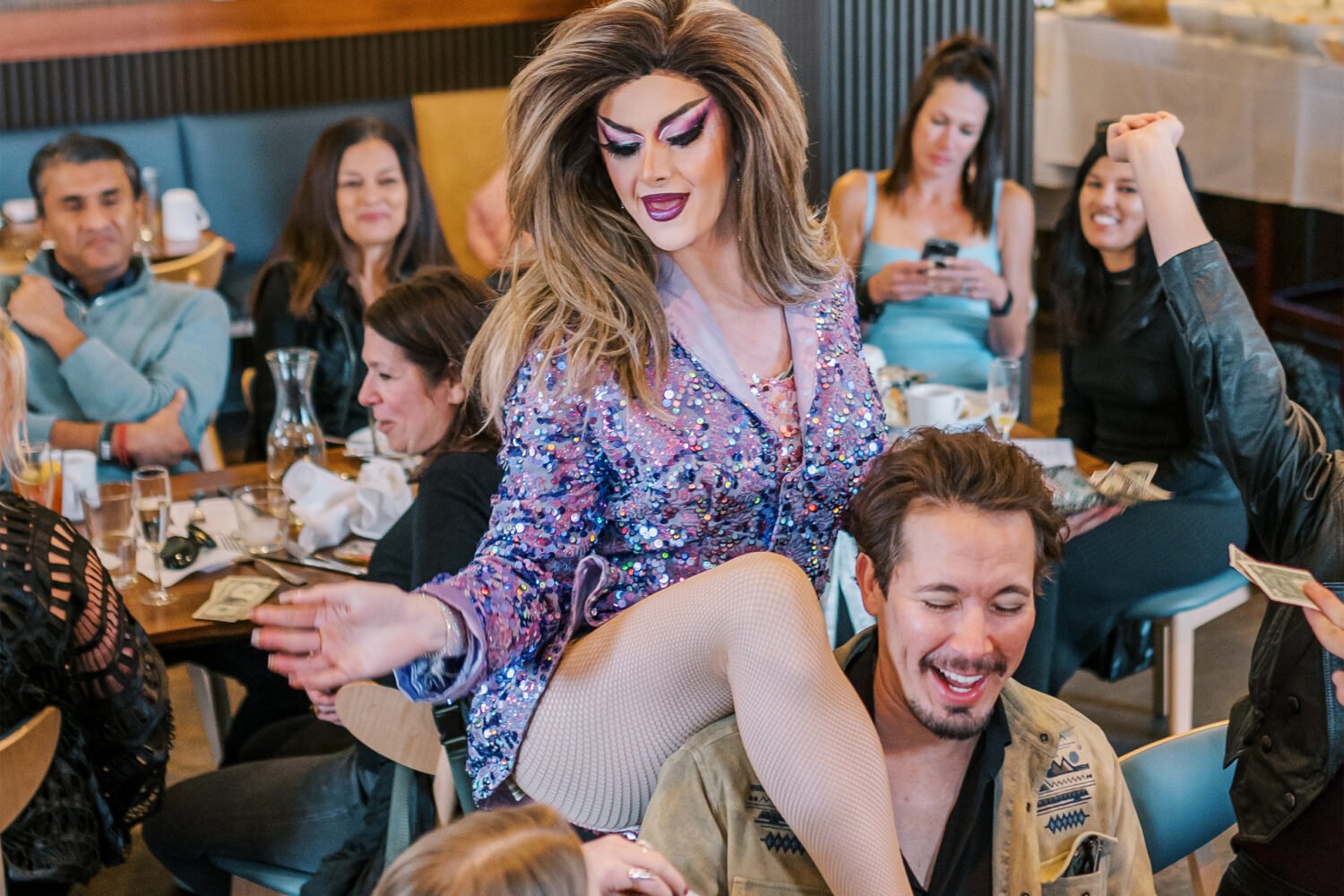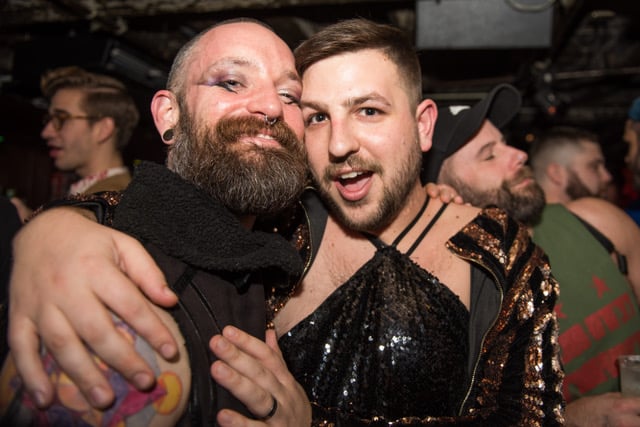It’s easy to overlook homelessness as an LGBTQ issue—despite the fact that 43 percent of homeless youth in Washington identify as such, according to DC’s 2016 Homeless Youth Census. The reasons why LGBTQ youth end up without stable living situations vary widely. Some are kicked out by their families because of their sexual orientation or gender presentation, others face discrimination at school or the workplace.
“It’s like society punishes [these homeless LGBT youth] in every way possible for being different. The punishment is no jobs, no access to resources, no beds,” says Ruby Corado, executive director of LGBTQ homeless youth organization Casa Ruby. “A big part of my job is to restore their pride and dignity. It’s to tell them—when the world tells them they are demons—that ‘baby, they’re wrong.’”
The biggest cause of homelessness, regardless of sexual orientation, is poverty. Contrary to popular beliefs, LGBTQ people are poorer than the straight population; they’re also more likely to be female and people of color. And despite DC’s reputation as one of the most socially progressive cities in the United States, tales of discrimination against homeless trans youth abound beneath the surface.
“I think that this city is really very harsh with homeless people in general, but when it comes to LGBT, particularly trans people, this city is very intolerant,” Corado says. “This intolerance really affects how they’re treated at home and why they end up in the streets. These LGBT youth in the welfare system end up in mental health facilities.”
Impoverished people who have experienced discrimination simply don’t have the resources to bring a lawsuit. A lack of permanent phone number or fixed address makes it more difficult to find employment. Loitering or panhandling charges can rack up.
“Class differences are real,” Eddy Ameen, chair of the Youth Working Group at the DC Center for LGBT Community says. “The LGBT vibrancy that we take for granted over [in wealthier areas of DC] is less apparent in Wards 7 and 8, although there are LGBT people living there and undoubtedly thriving there.”
While the District has undertaken some steps—like a 2013 law setting aside shelter space for LGBTQ youth and increasing funding for homeless services by $1.3 million in 2015—resources specifically tailored for LGBTQ youth remain scarce. Even now, there are barely more than 60 shelter beds set aside for LGBTQ homeless people spread across city-run facilities, Casa Ruby, and the Wanda Alston Foundation. SMYAL, an service organization for LGBTQ youth, is opening transitional housing soon.
But that still leaves DC’s short nearly 100 beds. Of the 330 homeless youth counted in the 2016 survey, 142 identified as LGBTQ, and experts like Maggie Riden, who runs the DC Alliance of Youth Advocates, believe many more may be at risk of winding up on the streets. A 2011 study by Riden’s organization showed between 3,000 and 6,000 Washington youths are forced to leave their homes at some point each year, but may “couch surf” or not go to a shelter out of embarrassment or because they are full.
“We still are seeing particularly LGBTQ youth bullied and pushed out of school,” Riden says. “If you don’t have an education, everything—including your ability to have a good relationship with your parents—falters.”
DC also draws in LGBTQ youths from well beyond its borders, perhaps a credit to its reputation as a city with a thriving gay population. Corado estimates around 60 percent of her young clients come from outside of the District. Other factors could include the warm climate and the fact that DC’s health system offers coverage for trans health care, but there are no numbers yet to back up those hunches.
LGBTQ youth have specific needs. They are more likely to engage in sex work as a means of survival than their straight peers, which can leave them at risk for assault and human trafficking. They also have higher rates of substance abuse, self-harm, and mental-health concerns. Riden says city government employees at shelters and beyond could benefit from sensitivity training on how to deal with youth, in particular those who are LGBTQ. Since 2012, DC police officers have taken a 40-hour “Advancing Positive Youth Development Training,” and there’s talk of integrating it into to cadet training.
What homeless youth say they want most is a dependable adult in their lives—someone who isn’t paid to be there. Riden wants more LGBTQ people to step up as mentors. She says there’s a huge need for people to open their homes to youth who have been kicked out but are able to be reunited with their families, and need a place to stay in the interim.
“There’s still a lack of available resources to do better family work for when those family relations are reparable,” Riden says. “I think it would be incredible if there was a steady supply of LGBTQ adults who provided host homes or respites. That would give them time for family reunification. It’s been a struggle to find adults who are willing to go through the process.”
Riden says some adults are afraid to assist because they have an image of homeless youth as being “bad kids” or “gangbangers” who ran away to party and do drugs, not because they were fleeing for their safety. Ameen says its frustrating that with all the kerfuffle around same-sex marriage rights and bigoted bakers, life-or-death issues of the most vulnerable members of the LGBTQ community aren’t a priority.
“We need to remember the privilege that comes with being part of the housed class. Our LGBT movement started with homeless trans activists preceding Stonewall, and we’ve lost a little bit of sight of that,” Ameen says. “When you look at the amount of mobilization that there was around marriage equality—if we could just harness that energy, we could eradicate problems that affect vulnerable youth. God bless us all, but we really need to fight for each other.”



















